Medicine from the forest
For many generations, ethnic minorities in the communes of Huc (now Khe Sanh), Huong Viet, A Doi, Lia, Ta Rut, Dakrong... have been closely associated with precious forest trees, including the Tat tree. Tat grows mainly in forests and remote mountains. Every year, from October to November of the solar calendar, is the season when Tat ripens. The largest Tat fruit is only half the size of an adult's fist, with a slightly rough skin. When ripe, it has a beautiful yellow color, and tastes sour, and some are quite sweet.
Like oranges and tangerines, kumquats contain a certain amount of vitamin C which helps strengthen the immune system and cool the body, especially the flavor of the kumquat juice and peel is very distinctive, lasting a long time. Because the production life is closely linked to the fields, in the kumquat season, people often pick the fruit to quench their thirst, or bring it as a gift for everyone to enjoy.
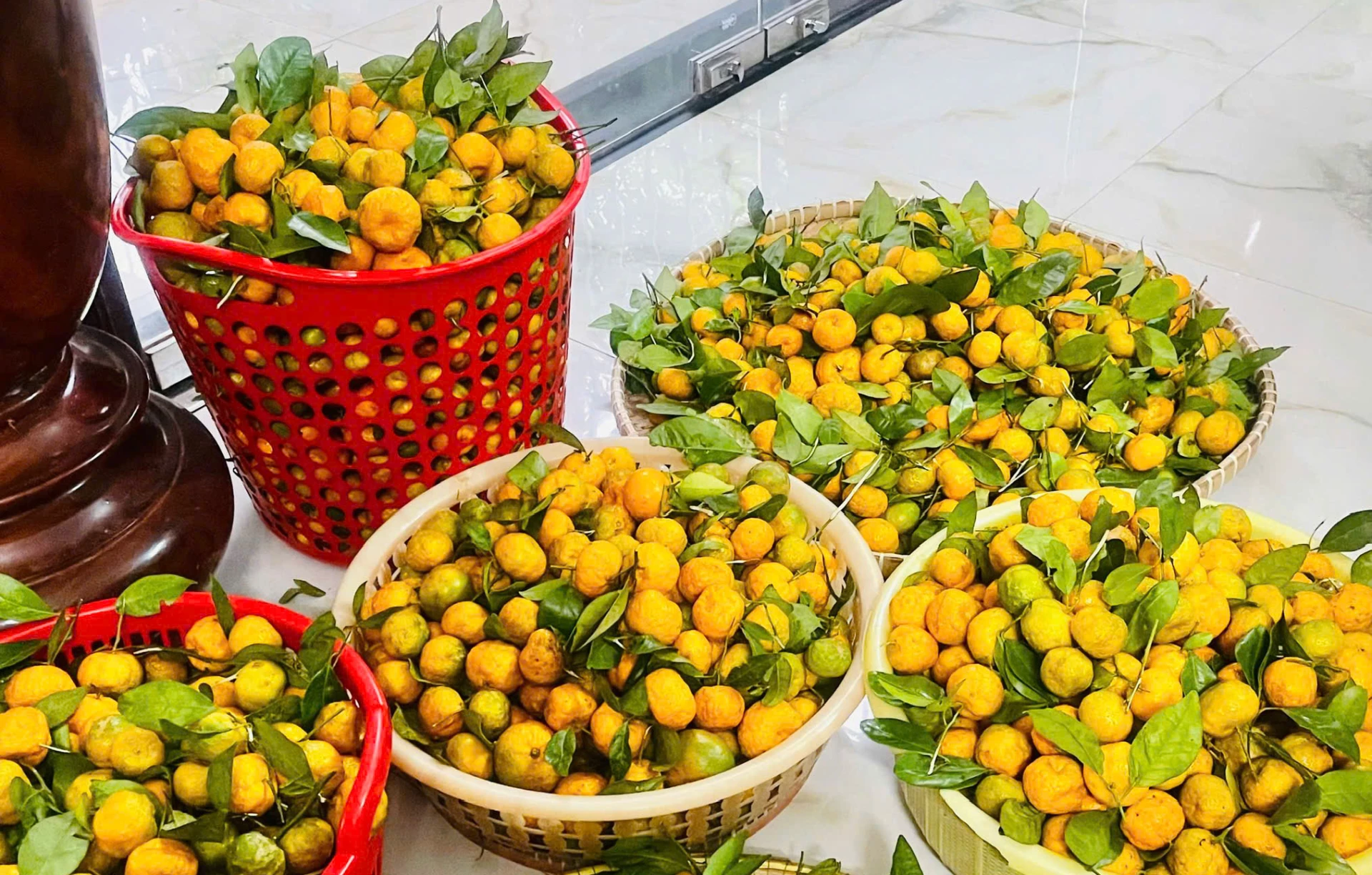 |
| Mr. Khoa bought the forest offal and brought it home to prepare for processing - Photo: KS |
In addition to being used as a thirst quencher, the Van Kieu and Pa Ko ethnic groups process the fruit into a very convenient medicine that can be stored for a long time without spoiling. In particular, the fruit grows in natural forests and is not sprayed with chemicals, so it is very safe for health when used.
“My grandparents and parents used many ways to process the fruit and wild honey into medicine to help with colds and coughs, and I followed their example. It was very effective. Take thinly sliced fruit peel and soak it in honey at a 1-1 ratio, or slice the fruit horizontally into thin slices and soak it in honey. You only need to soak it for about 7-10 days to use it and store it in the house all year round for use when needed. We also choose golden pieces of fruit peel, cut them into strips and then stew them with stream fish and river fish, which is very fragrant. When eaten, the fish flavor blends with the slightly spicy, lightly fragrant smell of the fruit peel, so everyone finds it delicious. This method also helps people prevent colds and coughs,” said Ho Thi Meng, a Van Kieu person in Vang village, A Doi commune.
"Bridge" to bring products far and wide
Although Kinh, Nguyen Huu Khoa in Block 1, Khe Sanh commune was born and raised in the mountains. Having been close to ethnic minorities since childhood, he realized that wild tat fruit has a delicious taste, and can be used as a medicine to support the treatment and prevention of common diseases such as cough, sore throat and flu.
“After testing honey-soaked kumquats on family members and seeing the effectiveness, I came up with the idea of purchasing these wild fruits and processing them into various products to sell on the market. This would help people have more income during the kumquat season,” Mr. Khoa shared.
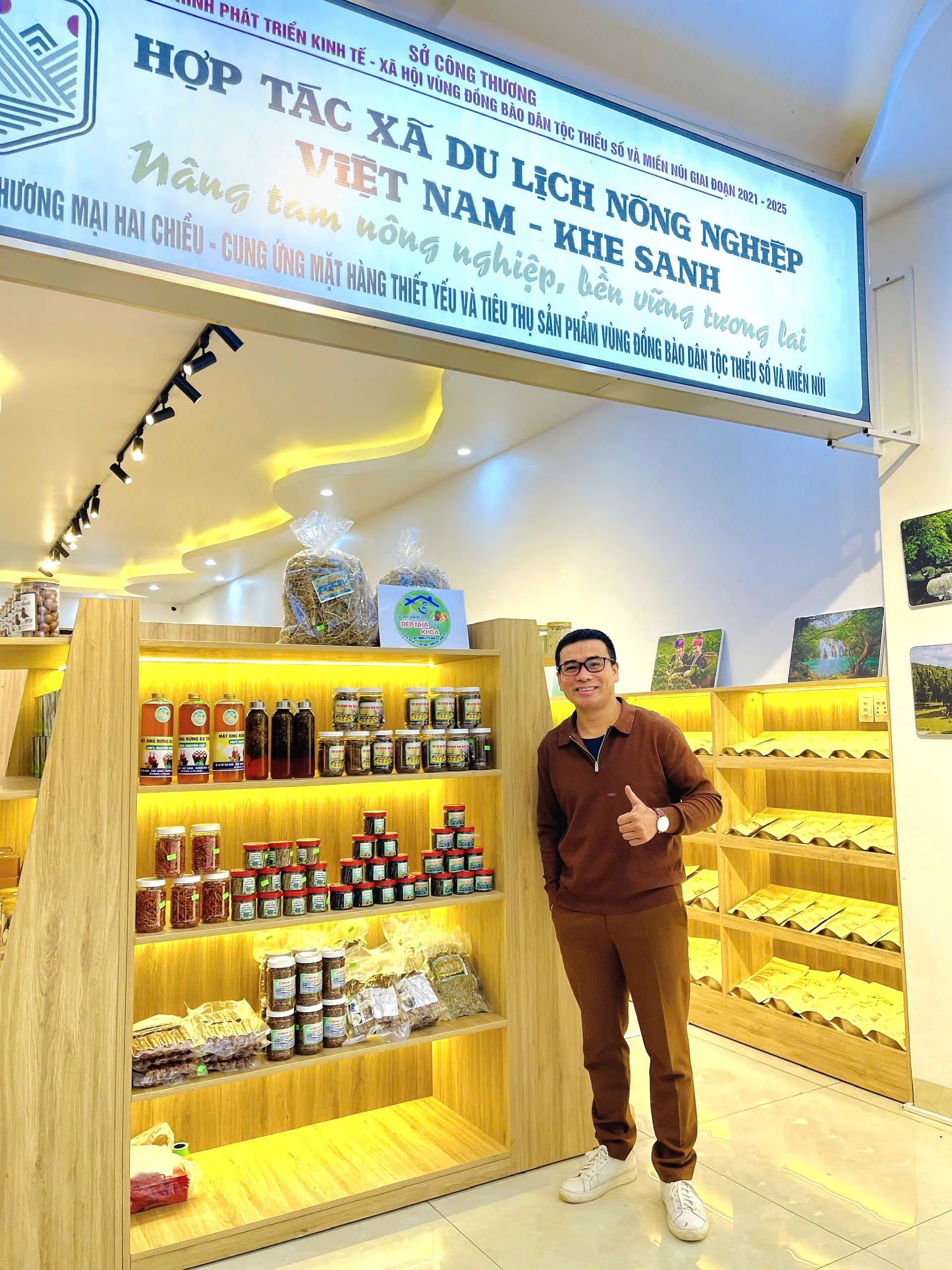 |
| Mr. Khoa is a bridge that helps bring products of the Van Kieu and Pa Ko people to many people - Photo: KS |
With its sour taste, characteristic aroma and the advantage of available wild honey, Mr. Khoa decided to process this fruit into many different products. Currently, he has processed 3 types of wild tamarind with honey, such as: Whole wild tamarind stewed in wild honey (jam); shredded wild tamarind soaked in wild honey and wild tamarind juice. All products are packaged in glass bottles, labeled with the name "Clean Products of Khoa's Kitchen".
Forest is a precious gift from nature, bringing many health benefits. Therefore, people in the mountainous region of Western Quang Tri often remind each other to harvest ripe fruit to ensure quality and flavor; be careful to avoid damaging the tree, minimize negative impacts on the environment, help the tree grow well, and give a regular harvest every year.
For nearly ten years, on average, each year Mr. Khoa has purchased about 700-800 kg of wild bamboo shoots for local people, of which he processes about 100 kg of fresh wild bamboo shoots soaked in honey, and the rest is mainly sold fresh fruit to consumers. His products are guaranteed to be delicious, reasonably priced, and good for health, so they are known and trusted by many people. In addition to the above products, he also purchases agricultural products harvested by local people to create a variety of products such as: dried wild bamboo shoots, dried wild banana seeds, and other dried herbal leaves (wild tea tree, perilla; male papaya flowers, etc.).
“Not only is it used as a precious medicine for the family, in the off-season, we harvest it to sell to traders, earning about 200,000 VND/person per day. Thanks to that, my family and local people have more resources to support their lives,” Ms. Meng added.
Ko Kan Suong
Source: https://baoquangtri.vn/kinh-te/202510/bien-trai-rung-thanh-vi-thuoc-quy-fdb0e05/








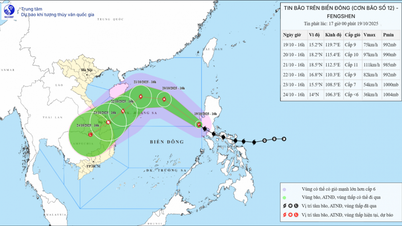







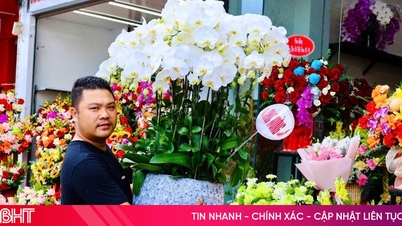






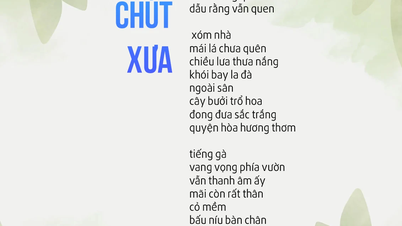
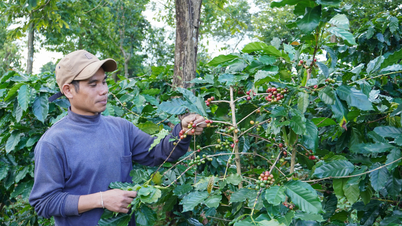
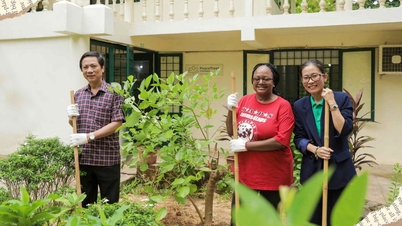
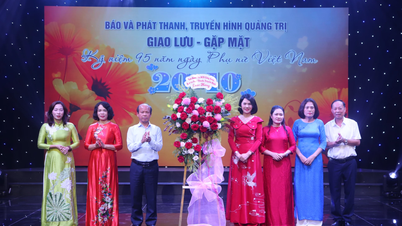
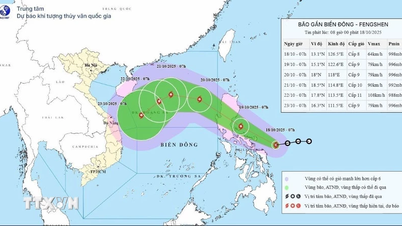
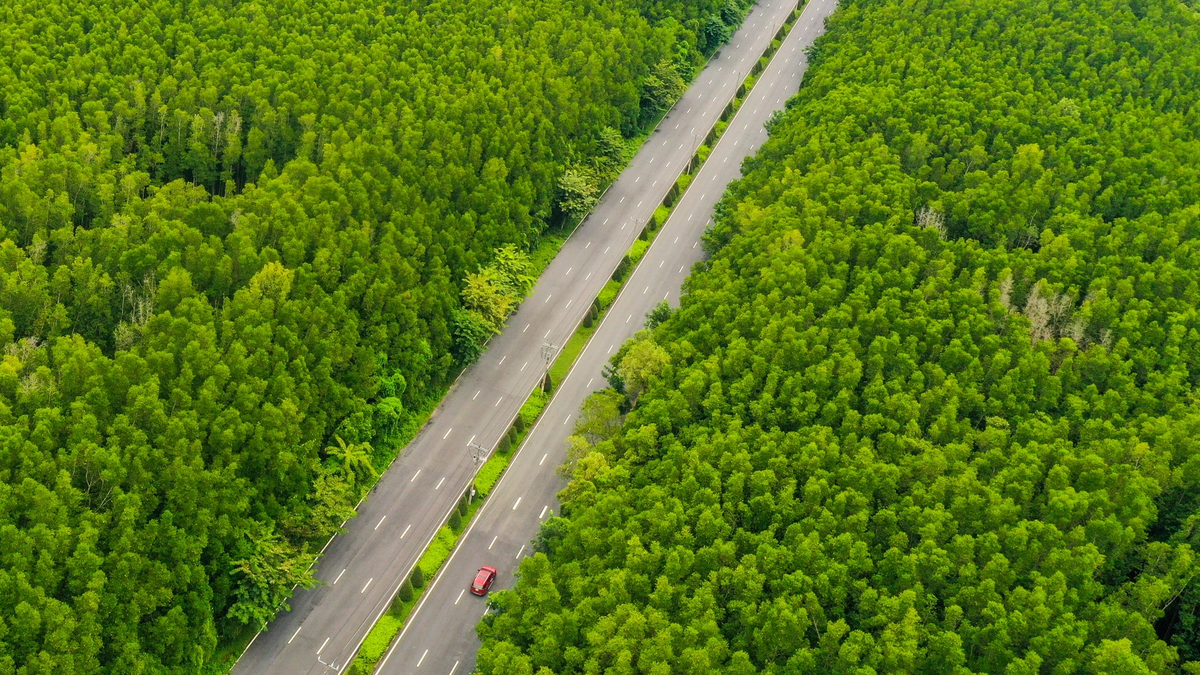
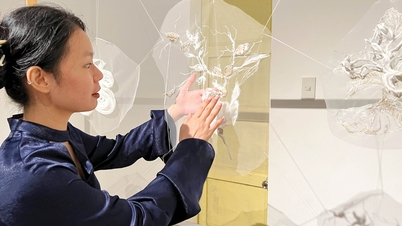

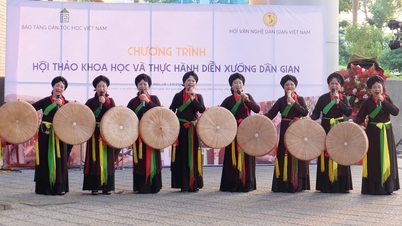



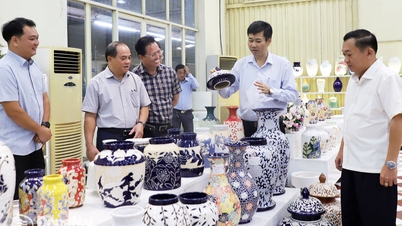







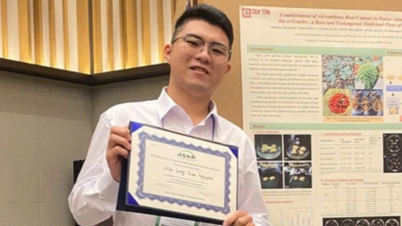



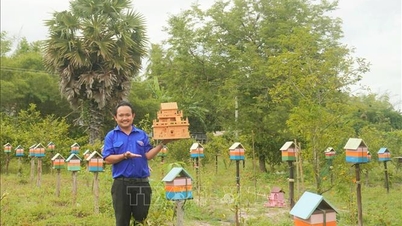




































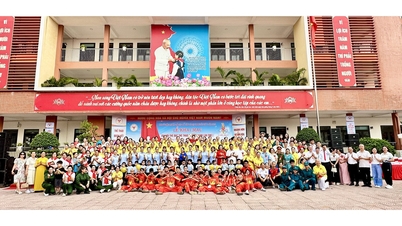














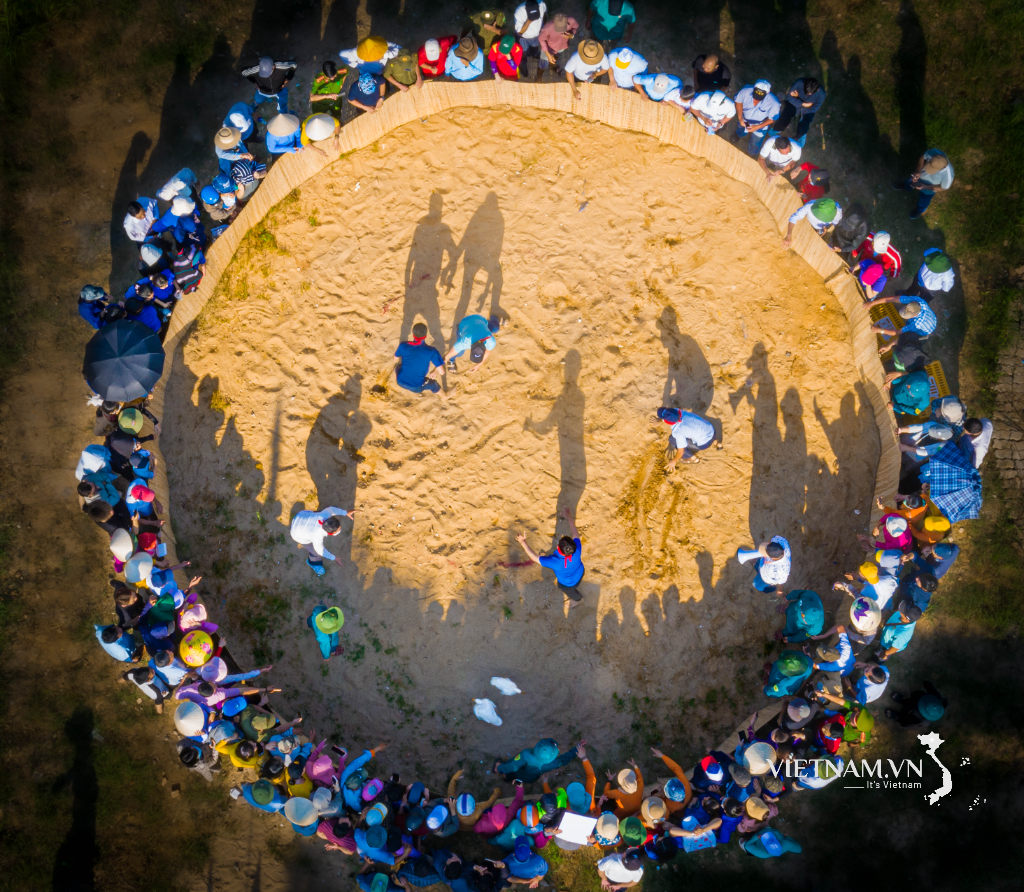
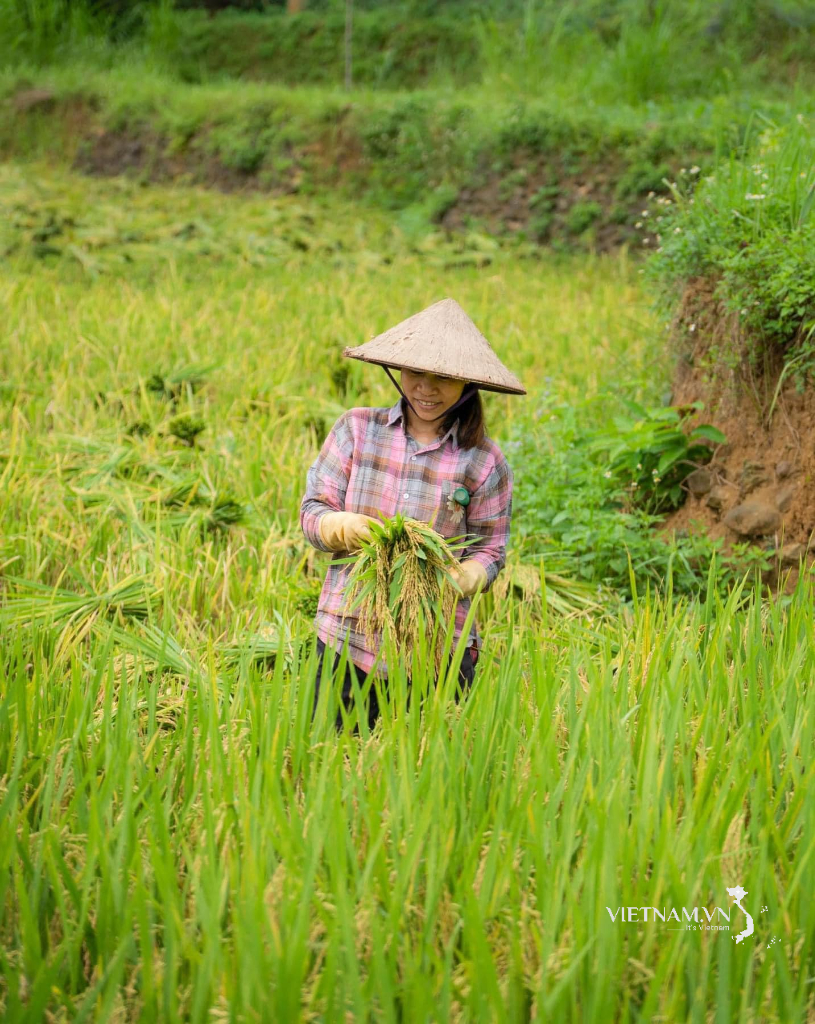

Comment (0)